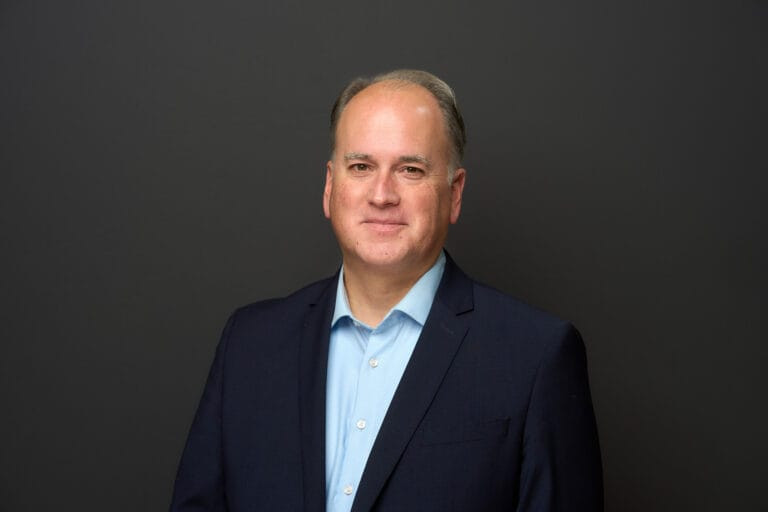- With limited access to affordable sustainable aviation fuel, DANX Group is reengineering supply chains using new technologies like cargo drones, electric ground power units, and HVO-fuelled equipment to cut emissions while maintaining efficiency.
- Scaling green logistics solutions requires active government intervention, fair regulation, and investment in renewable fuel and electricity production to ensure environmental progress remains financially viable.
- Data-driven emissions tracking, stronger collaboration across the supply chain, and customer demand for verified sustainability credentials are making decarbonisation a strategic advantage rather than a compliance exercise.
The industry has long been seen as one of the more difficult sectors to decarbonise, caught between the urgency of global supply chains and the need to cut emissions. With sustainable aviation fuel (SAF) in short supply and often prohibitively expensive, stakeholders are rethinking how to keep critical shipments moving while reducing environmental impact.
In the face of limited access to affordable SAF, players are searching for solutions that don’t just wait for greener fuels to arrive. “In the absence of a consistent and affordable supply of sustainable aviation fuel, we believe the industry needs to reengineer supply chains through new technologies and alternative flight capabilities for the distribution of urgent and critical shipments,” said Val Karren, Director of Sustainability at DANX Group.
One example is the use of drones as a supplement to the traditional hub-and-spoke flight pattern. For time-sensitive shipments, this model promises not only efficiency but also a measurable reduction in carbon emissions. “Drones capable of carrying 300–350 kilograms can extend service beyond the immediate hub areas while lowering the intensity ratio of kgCO₂e per tonne-kilometre,” Karren explained.
Creative initiatives beyond carbon reduction
Sustainability is not only about flight operations. On the ground, new approaches are reducing the industry’s reliance on fossil fuels and minimising waste. “We have already replaced ground power units with electric versions, which provide aircraft power during loading, unloading, and start-up without the need for hours of diesel engine use,” said Karren.
Where diesel equipment is still necessary, alternatives are emerging. “HVO is already being used as a replacement fuel to limit CO₂ emissions from fork lift trucks and belt loaders,” he noted. Recycling efforts also play a part: “Full recycling of handling materials, from wood to plastic wraps, provides a small financial return from waste companies.”
Scaling green technologies
Even the most innovative technologies face a fundamental challenge: scaling. “Scaling these solutions will only be possible with continued government intervention,” Karren emphasised. He argued that mandates around SAF adoption must be “backed by fair regulation of how suppliers pass on costs to customers,” otherwise compliance risks becoming “prohibitively expensive for end users.”
The same applies to other alternatives such as HVO and renewable electricity. “We need governments and policymakers to actively stimulate production and storage capacity,” Karren said. Without it, he warned, “scaling will remain slow.”
Speed, cost, and environmental responsibility
For an industry built on speed, sustainability introduces inevitable trade-offs. Electric vehicles, for example, are promising but bring their own challenges. “Their limited battery capacity introduces both logistical and cost challenges,” said Karren. “Careful evaluation of which routes are suitable for EVs is important as the charging infrastructure has to be in place, and charging times can cause delays if not properly planned.”
Costs are another hurdle. “Having to dispatch two EVs to deliver what one diesel powered van or truck could deliver of course creates costs that are hard to carry without direct customer contribution,” he explained. Yet there are encouraging signs. “HVO in a few of our most important markets is at parity—or very close to—with diesel. As we see supply and availability of HVO grow, this provides a great savings of CO₂ emissions vs. diesel without causing pressure on financial margins.”
Measuring, collaborating, and looking ahead
Data is becoming the foundation for sustainability strategies. “Accurate measurement of Scope 3 emissions in a shared logistics network is simply too complex to be managed with traditional tools like spreadsheets,” said Karren. Instead, digital tools are enabling more precise allocation of emissions to customers and helping to build “reduction strategies that align with service level agreements instead of undermining them.”
Collaboration is equally vital. Karren pointed to challenges such as “shared costs, uncoordinated timelines and goals, and a lack of enforcement of industry best practices.” Without stronger alignment between airlines, forwarders, and ground handlers, progress risks being piecemeal.
Yet customer expectations are already driving change. This means sustainability is becoming not just an environmental imperative but also a competitive one. “OEM shippers are increasingly demanding demonstrable ‘green credentials’ from their logistics partners before allowing them to even participate in RFQs,” Karren said.
Looking ahead, he sees major opportunities in next-generation solutions. “One of the most exciting possibilities is the rise of autonomous cargo drones capable of transporting hundreds of kilograms over thousands of kilometres using biofuels or renewable electricity,” Karren concluded.




